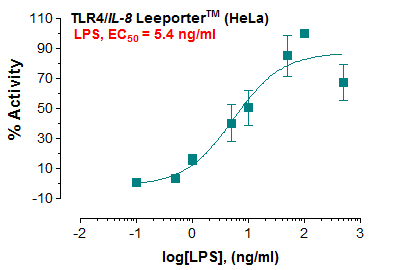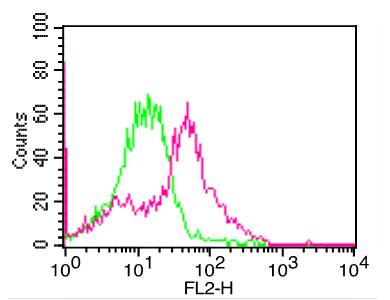Polyclonal antibody to cIAP-2/HIAP-1

Fig:1 Immunohistochemical analysis of cIAP2 in paraffin-embedded formalin-fixed tissue using 20-1057 at 1:2000. A. Human brain tumor microarray showing differential expression of cIAP2. B-E, Higher magnification of selected high grade brain tumor tissue cores from A. Tumor types: PNET (B), ependymoblastoma (C), anaplastic oliogdendroglioma (D), glioblastoma multiforme (E). Strong staining in high grade brain tumors implies malignancy-associated deregulated cIAP2 expression. Hematoxylin-eosin counterstain.
Roll over image to zoom in
Shipping Info:
Order now and get it on Wednesday April 23, 2025
Same day delivery FREE on San Diego area orders placed by 1.00 PM
| Format : | Sera |
| Amount : | 50 µl |
| Isotype : | Rabbit IgG |
| Content : | 50 µl sera |
| Storage condition : | Store the antibody at 4°C, stable for 6 months. For long-term storage, store at -20°C. Avoid repeated freeze and thaw cycles. |
This antibody recognizes cIAP2; human cIAP2 is a 604 amino acid protein.This also recognize AP12-MALT1 fusion proteins assuming that they contain the cIAP2 peptide sequence (QDFSALMRSSYHCAMNNENAR) used for immunogen.This protein is a member of the family of inhibitor of apoptosis proteins (IAP). IAPs suppress mitochondria-dependent and -independent apoptosis by binding to and inhibiting caspases through their BIR domains. The RING finger domains of several IAPs, including cIAP2, have E3 ubiquitin ligase activity and target the degradation of Smac/DIABLO through ubqiuitination. Degradation of cell death inducers like Smac/DIABLO is thought to be a conserved mechanism by which IAPs enhance their anti-apoptotic activity, thereby promoting cell survival. Several variants of the API2-MALT1 fusion proteins can occur in MALT1 lymphoma patients depending on the chromosomal breakpoints. It is thought that AP12-MALT1 can enhance the activation of NK-kB signalling, which may be relevant to the pathology of MALT lymphomas.
WB: 1:1000-1:2000, IHC (paraffin): 1:1000-1:5000, IHC (frozen): Users should optimize, IP: 1:50-1:200
For Research Use Only. Not for use in diagnostic/therapeutics procedures.
| Subcellular location: | Cytoplasm, Nucleus |
| Post transnational modification: | Auto-ubiquitinated and degraded by the proteasome in apoptotic cells. |
| Tissue Specificity: | Present in many fetal and adult tissues. Mainly expressed in adult skeletal muscle, thymus, testis, ovary, and pancreas, low or absent in brain and peripheral blood leukocytes. |
| BioGrid: | 106826. 166 interactions. |
|
There are currently no product reviews
|
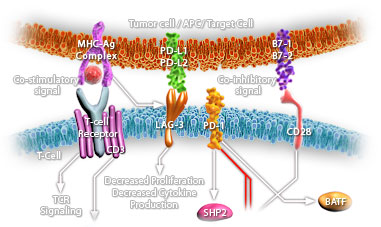
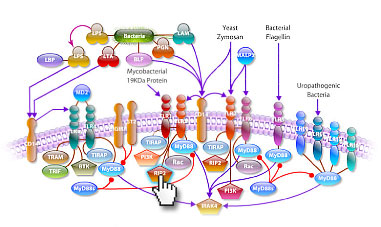


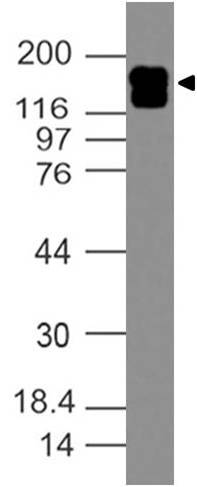








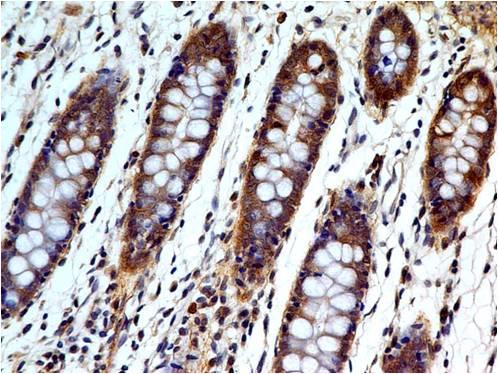


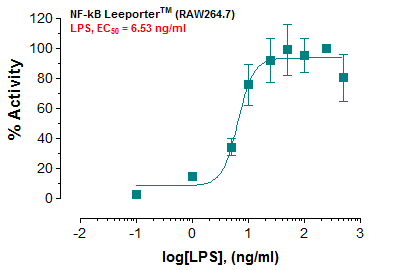

.png)

